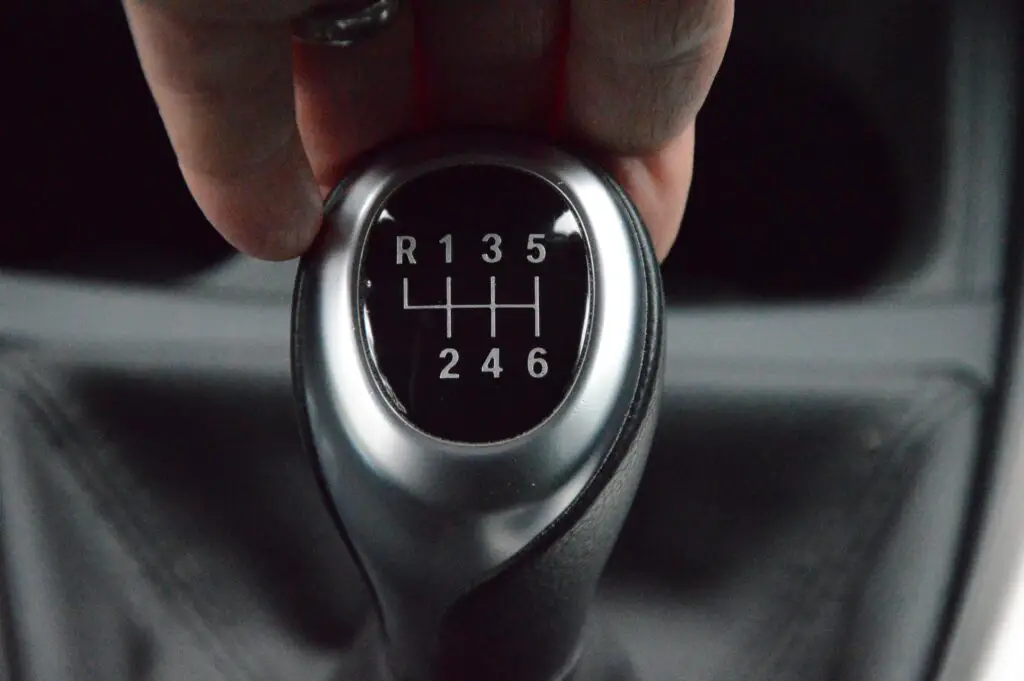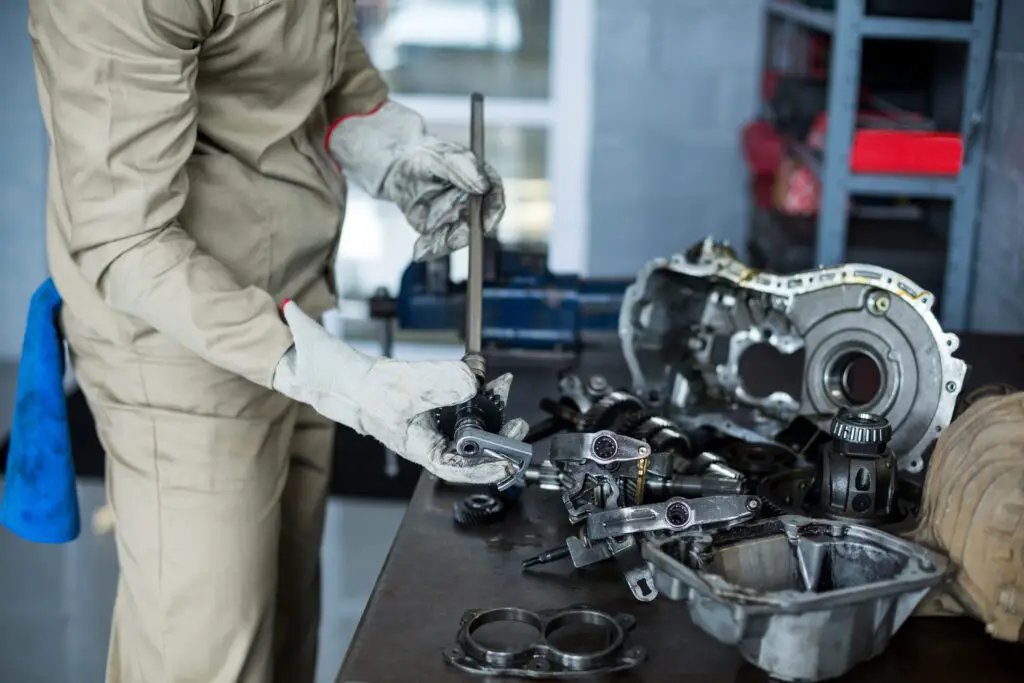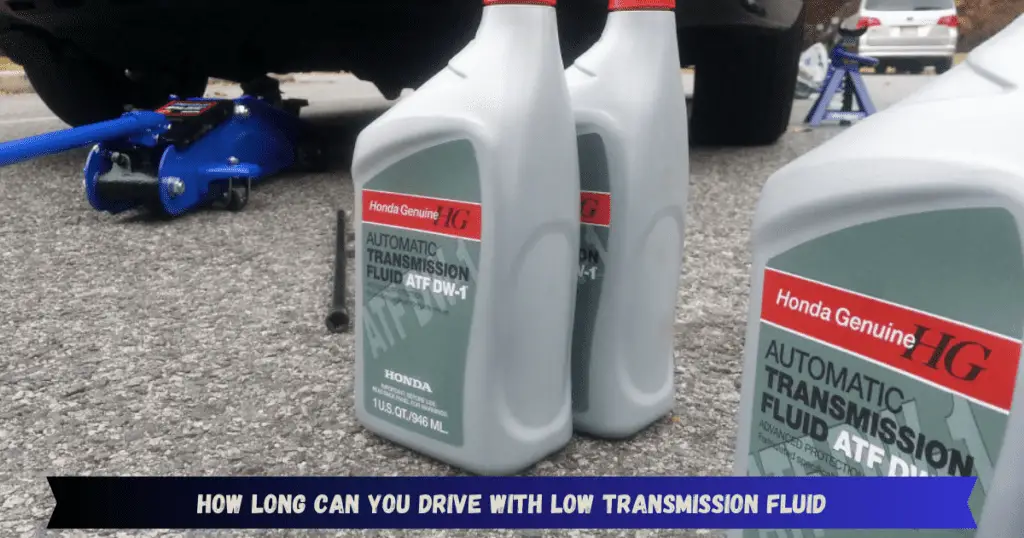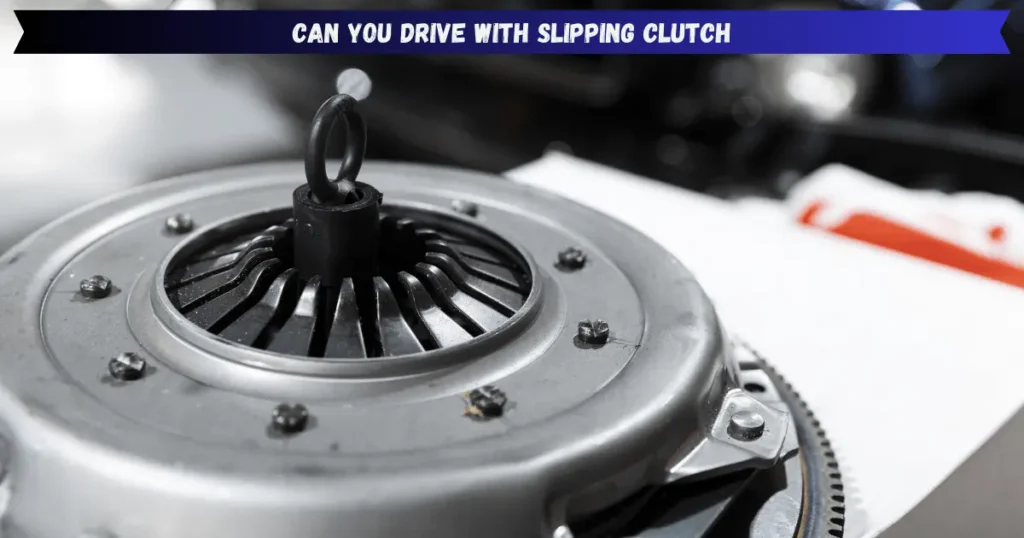Driving with a damaged rear differential is possible but not recommended. It can be unsafe and lead to further damage. A rear differential is a vital component in rear-wheel and four-wheel drive vehicles. It enables the wheels to have different speeds while cornering.
How Does a Rear Differential Work?
The rear differential is part of the drivetrain that transfers power from the transmission to the rear wheels. It consists of several components:
- The ring gear attaches to the differential carrier and meshes with the pinion gear.
- The pinion gear connects to the drive shaft coming from the transmission.
- The differential carrier houses the spider gears and side gears.
- The spider gears mesh with the side gears, which then connect to the rear axles and wheels.
When driving straight, the rear wheels spin at the same speed. But when turning, the outer wheel covers more distance than the inner one. They need to move at different speeds.
The spider gears in the differential allow this to happen by transmitting varying amounts of torque to each wheel. This prevents tire scrubbing and allows smooth, controlled turns.
Symptoms of a Bad Rear Differential
Can You Drive With A Bad Rear Differential? A failing rear differential will produce some warning signs. Being able to recognize these symptoms can help you address the issue promptly. Some common indicators include:
- Unusual noises – Whining, whirring, humming o, or growling sounds point to problems with the ring/pinion gears or bearings. Clunking noises may come from excessive backlash.
- Vibrations – Damaged gears can cause imbalance and vibrations, especially under acceleration. This may worsen over time.
- Poor handling – Worn components lead to difficulty turning smoothly. The vehicle may pull, drift, or feel loose.
- Leaking fluid – Cracked seals or housing can cause gear oil leaks. Low fluid levels affect lubrication.
- Overheating – Friction from worn parts or inadequate lubrication can cause the differential to run hot.
Causes of Differential Failure
Rear differentials can fail due to a few common reasons:
1. Insufficient Lubrication
Lack of gear oil or using the wrong oil can lead to increased friction and wear inside the differential. Leaks, low fluid levels, or inadequate maintenance are often the cause.
2. Extreme Use
Frequent towing, off-roading, racing, or other strenuous activity can overload and damage the differential over time.
3. Mechanical Issues
Damaged bearings, broken gears, worn parts, or accidental impacts can physically deteriorate the differential and its components.
4. Manufacturing Defects
In rare cases, differentials may be improperly machined or assembled at the factory, causing premature failure.
Dangers of Driving With a Damaged Differential
Can You Drive With A Bad Rear Differential? While you can technically drive with a malfunctioning rear differential, it is risky to do so. Here are some key hazards:
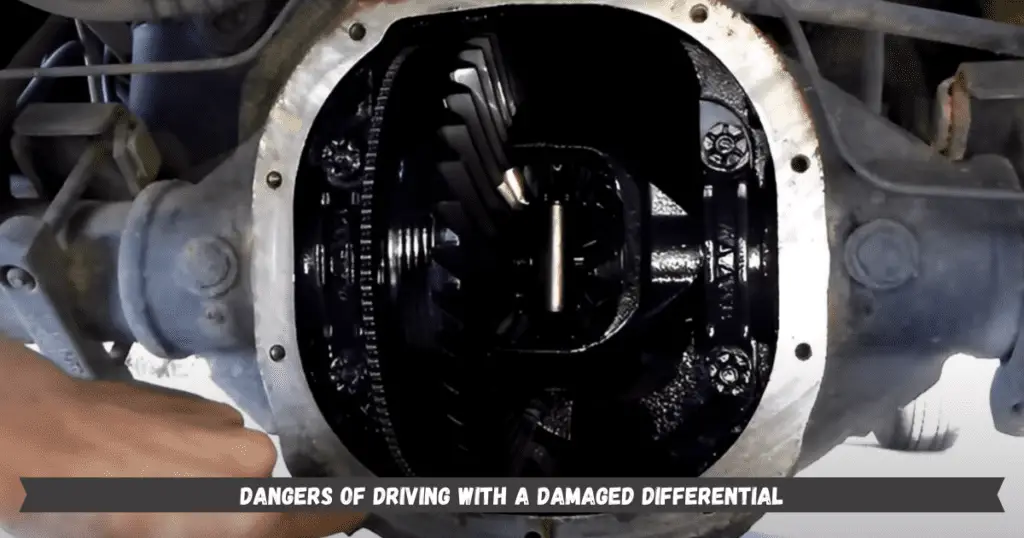
1. Reduced Control
The differential helps balance wheel speeds for stability. Damage can lead to unpredictable handling, especially when cornering or accelerating. This increases accident risk.
2. Decreased Traction
Worn components prevent the proper distribution of torque to the wheels. This lowers traction, making the vehicle more prone to skidding.
3. Further Damage
Driving with a bad differential applies more stress and can worsen the underlying problem. It may lead to complete failure.
4. Getting Stranded
In severe cases, the differential can seize up entirely, bringing the vehicle to a halt. This leaves you stranded until the issue is repaired.
Diagnosing a Faulty Differential
If you suspect differential issues based on the symptoms, have a professional diagnose the exact problem. A mechanic will:
- Inspect for leaks, damage, loose fasteners, or unusual wear
- Check for play or backlash in the ring/pinion gear
- Look for contamination and condition of the gear oil
- Listen for telltale noises during a test drive
- Assess handling for signs of instability, vibration, pulling, etc.
- Use specialized tools to measure and confirm any damage
This helps pinpoint the faulty parts so they can be repaired or replaced.
How to Fix a Bad Differential
Once the problem is identified, the necessary repairs can be made:
1. Ring and Pinion Replacement
If the gear set is worn out or damaged, it must be replaced. This requires disassembling the differential to access the components.
2. Bearing and Bushing Repair
Worn bearings and bushings need to be replaced to restore smooth operation and reduce friction.
3. Differential Overhaul
In severe cases, all internal parts may need replacement. The housing is cleaned out and fitted with new bearings, gears, and seals.
4. Differential Unit Swap
For extensively damaged units, the entire differential assembly can be replaced with a new or recycled one.
Can You Drive With A Bad Rear Differential? Proper repair work restores correct functioning and safe handling. Neglecting issues leads to breakdowns and accidents.
Maintenance Tips
You can maximize your rear differential’s service life by:
- Regularly inspecting for leaks and listening for odd noises
- Changing gear oil at recommended intervals
- Using only the specified type and viscosity of gear oil
- Checking fluid levels monthly and topping up if needed
- Avoiding driving habits that stress the differential (hard launches, burnouts, etc.)
- Getting any damage from impacts checked out promptly
FAQs – Can You Drive With A Bad Rear Differential?
How long can you drive with a bad rear differential?
It’s not advisable to drive long distances or frequently with a damaged rear differential. The malfunction can worsen quickly and lead to unpredictable handling issues or sudden failure. Limit driving to short trips for diagnosis or repair purposes only until fixed.
What happens if you don’t fix the rear differential?
Neglecting a faulty differential allows further degradation from metal-on-metal contact and lack of lubrication. Increased friction and heat generation can destroy internal components. This may cause the differential to lock up entirely, bringing your vehicle to a halt.
What happens if the differential breaks while driving?
If the differential catastrophically fails while driving, you’ll suddenly lose propulsion to the rear wheels. In an RWD vehicle, this leaves you unable to accelerate or maintain speed. Pull over as soon as safely possible and have the vehicle towed for repair.
Can you drive without a rear differential?
Rear-wheel drive vehicles require a working differential to transmit power to the wheels. So no, you cannot drive without one at all. In an emergency, you can disconnect the driveshaft to roll/coast short distances in 2WD mode but cannot drive the vehicle.
How do I know if my differential is damaged?
Listen for unusual noises, sense for vibrations, and monitor handling issues. Have a mechanic inspect the differential if you notice any symptoms. They can diagnose problems through visual checks, test drives, and measurements. This confirms whether the differential needs repair.
What damage can a bad differential cause?
Driving with a malfunctioning differential risks further internal damage, unpredictable vehicle behavior, accidents, and breakdowns. It can also negatively impact other components like tires, axles, transmissions, etc. Catching problems early prevents secondary damage and costly repairs down the road.
Conclusion – Can You Drive With A Bad Rear Differential?
The rear differential is vital for transferring engine power to the wheels and enabling smooth turns. Although you can technically drive with a damaged differential, it is extremely risky. Can You Drive With A Bad Rear Differential? The compromised handling and potential for complete failure make continued use dangerous. Address any symptoms immediately before they worsen or lead to accidents. With proper maintenance and repairs when needed, your differential will deliver reliable performance.

